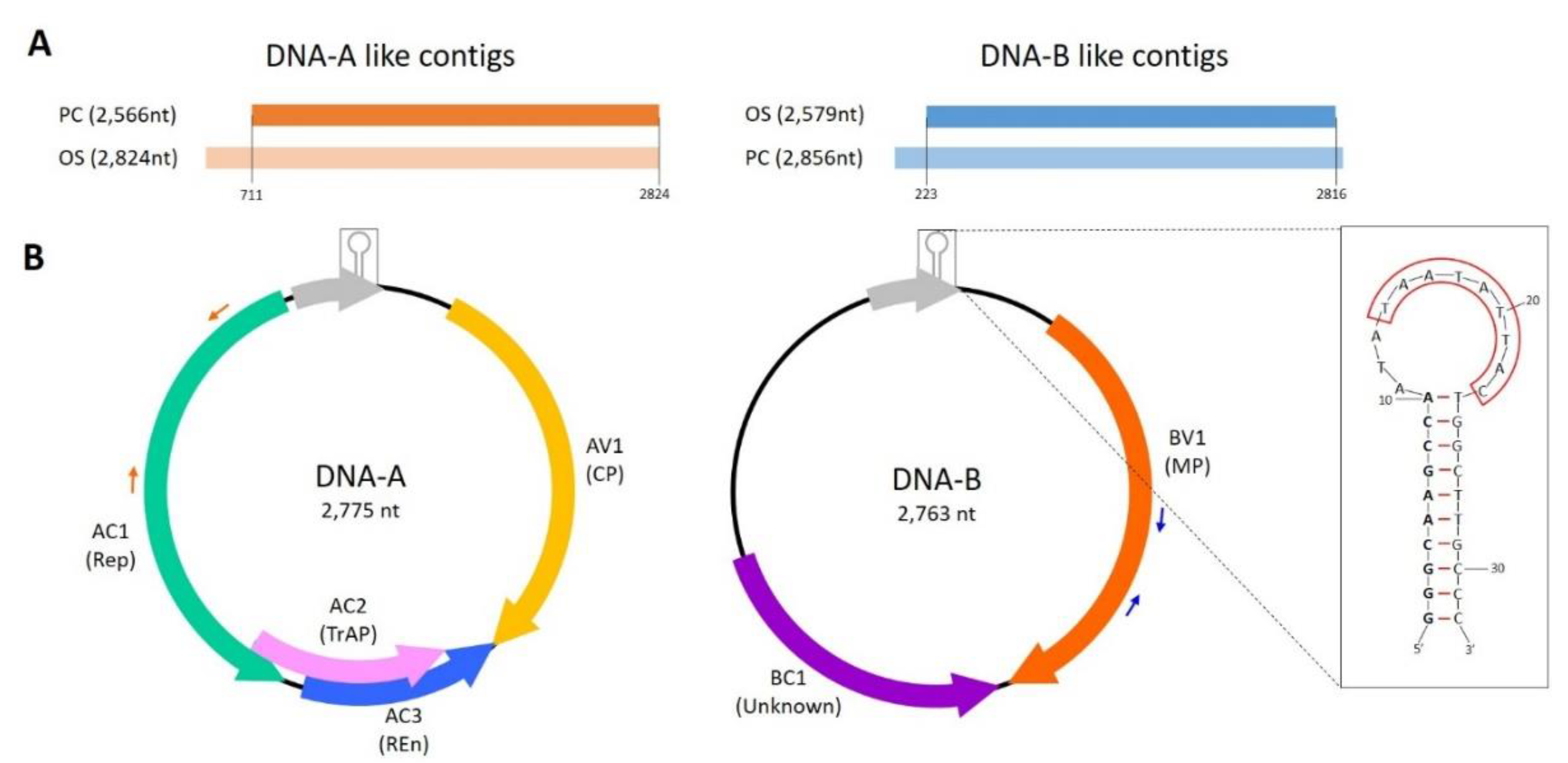

Given the little information available on coronaviruses of horses and the genealogic relationship of these coronaviruses from cattle, this research was designed to perform a multigenic comparison of coronaviruses from adult cattle with winter dysentery, calves with neonatal diarrhea, and horses based on partial sequences of the HE, S, and N genes. Similarly, in horses, coronaviruses lead to neonatal enterocolitis, although there are very few studies on the genealogy of coronaviruses from these animals. īCoV is a major pathogen for cattle, frequently found in neonatal diarrhea, dysentery in the adult and respiratory disease. ĬoVs are enveloped, single-stranded positive sense RNA viruses with a genome encoding replicase polyproteins, the four structural proteins: spike (S) glycoprotein (a receptor-interacting and a target for neutralizing antibody in the envelope) nucleocapsid (N) (associated with the genomic RNA in the nucleocapsid) and the two proteins essential for virion formation, envelope (E) and membrane (M) proteins some Betacoronaviruses also present the hemagglutinin-esterase (HE) protein, with the role as a secondary receptor-binding envelope protein and accessory proteins.

The latter comprises the genera Betacoronavirus, Alphacoronavirus, and Gammacoronavirus. This genus has replaced Group 2 in the order Nidovirales, family Coronaviridae, and according to the new taxonomy this family is separated into two subfamilies: Torovirinae and Coronavirinae. IntroductionĬurrently, coronaviruses (CoVs) with genetic and antigenic proximities to bovine coronavirus (BCoV) such as human coronaviruses HCoV-OC43, porcine hemagglutinating encephalomyelitis virus (PHEV), and equine coronavirus (EqCoV) are not considered to be separate species but as belonging to the species Betacoronavirus-1 within the genus Betacoronavirus.

The coronavirus strains from horses revealed Betacoronavirus sequences indistinguishable from those found in cattle, a fact previously unknown. A less-resolved genealogy exists for the HE and N genes in cattle, with a trend for an age-related segregation pattern. It could be concluded that the enteric BCoV genealogy from newborn and adult cattle is directly associated with geographic distribution patterns, when S and HE genes are taken into account. To achieve this, eleven fecal samples from dairy cows with winter dysentery, three from calves, and two from horses, all from Brazil, were analysed. Given that BCoV is better studied than equine coronaviruses and given the possibility of interspecies transmission of these viruses, this research was designed to compare the partial sequences of the spike glycoprotein (S), hemagglutinin-esterase protein (HE), and nucleoprotein (N) genes from coronaviruses from adult cattle with winter dysentery, calves with neonatal diarrhea, and horses. Gastroenteritis is one of the leading causes of morbidity and mortality among young and newborn animals and is often caused by multiple intestinal infections, with rotavirus and bovine coronavirus (BCoV) being the main viral causes in cattle.


 0 kommentar(er)
0 kommentar(er)
